
Grades:
6th Grade, 7th Grade, 8th Grade, 9th Grade, 10th Grade, 11th Grade, 12th Grade
Be a part of the humanitarian effort and teach students how to create a fully functioning 3D printed prosthetic arm for a client in need. This lesson walks you through the process in a slideshow

Grades:
3rd Grade, 4th Grade
Encouraging students, from a young age, to think about their interests, dreams and goals lets them see possibilities for the future. As students listen to their thoughts and put those thoughts into
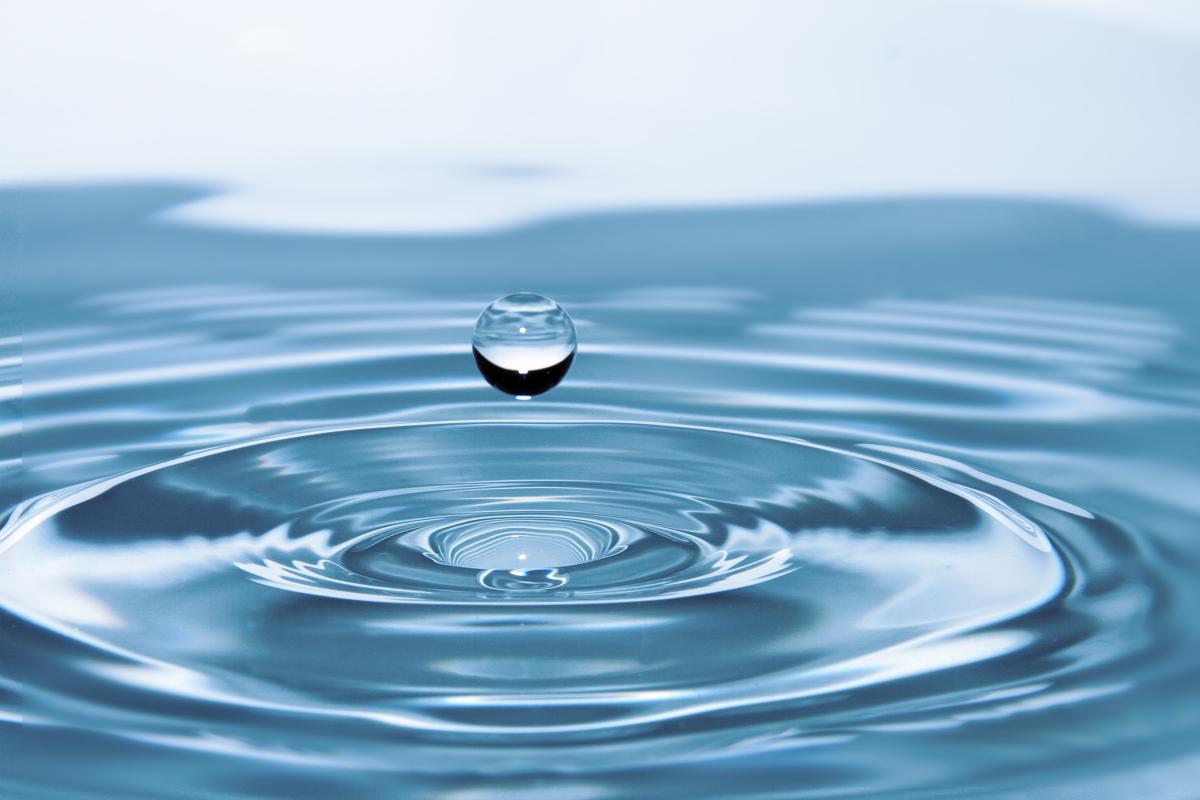
Grades:
3rd Grade, 4th Grade, 5th Grade
In the second lesson in the Thirst set, students will learn about Dharavi, a slum within the city of Mumbai. Economical water scarcity drives the lives of those who reside in Dharavi. Students will

Grades:
3rd Grade, 4th Grade
In this unit, students will identify what a shelter is and why we need it. Students will identify the different types of shelters and materials needed depending on climate and their surroundings
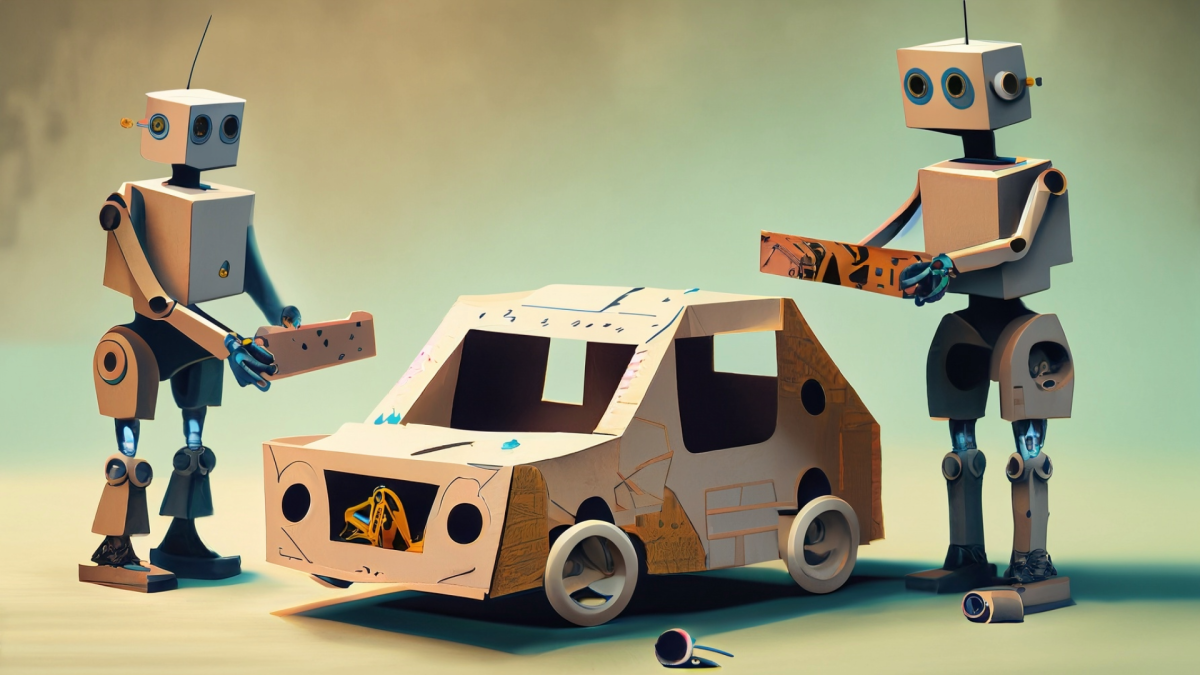
Grades:
1st Grade, 2nd Grade, 3rd Grade
In this lesson, students design, build and test model candy cars made from simple materials. They measure the changes in distance and travel by the addition of revision of design features. Students

Grades:
1st Grade, 3rd Grade
Students will investigate the relationship between light, objects, and the human eye by creating a DIY kaleidoscope. Students will take measurements throughout the project.
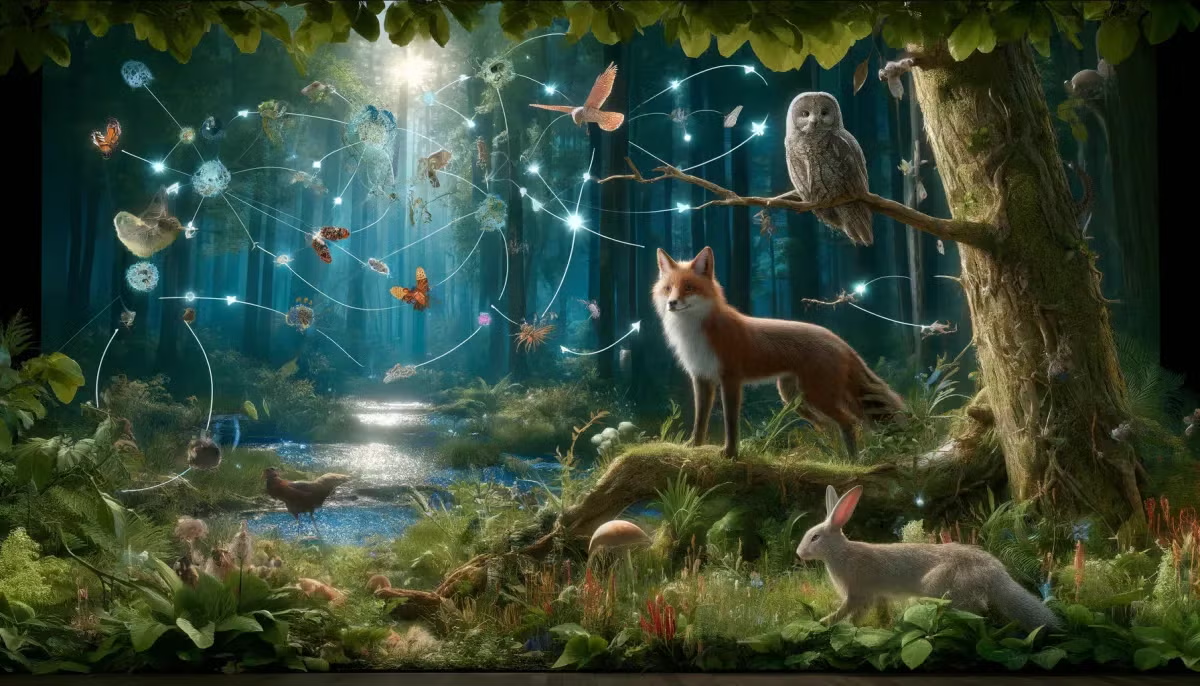
Featured
Magic Magnets: Flying Butterfly
Grades:
3rd Grade
Students will have the opportunity to explore the magnetic field in small groups or independently. Students will explore the forces by demonstrating how a paper clip can float in the air using a
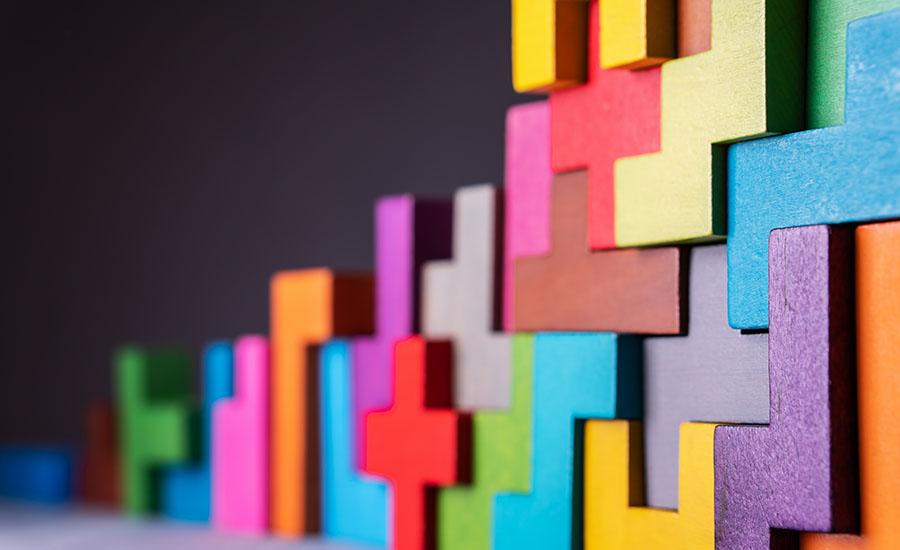
Grades:
5th Grade
This lesson includes Grade 5 Math, Engineering, ELA and ELP Standards. The activity focuses on applying mathematical concepts to a hands-on architectural design task, inspired by Frank Lloyd Wright’s

Grades:
5th Grade
This lesson is designed for Grade 5 students to explore fraction operations through hands-on activities with Dash Robots. Students will work collaboratively in groups to apply math skills and enhance

Grades:
6th Grade
Students are to design and build a truss-style bridge out of balsa wood before testing its strength.

Grades:
7th Grade
The purpose of this project is to provide students with a hands-on learning experience that combines the study of human body systems with engineering principles. By investigating the interaction

Grades:
3rd Grade
In this lesson, students will learn about the basic principles of light reflection and how periscopes work. They will then apply this knowledge by designing and constructing their own simple

Grades:
8th Grade
Students will review heredity and genetics using this lesson plan. Students will have an opportunity to explore generations, genetic variations, pedigrees and fitness using this lesson plan and PhET

Grades:
5th Grade, 6th Grade
This is the second part of a two-part lesson. This lesson has students using a stethoscope to measure heart rate to collect data for equivalent ratios.

Grades:
5th Grade, 6th Grade
This is a lesson that has two parts. The first is a lesson is using the design process to create a simple stethoscope using various materials and defining which would give the best results. Part two

Grades:
6th Grade
Students will research, construct, and present replicas of ancient civilization monuments. They will explore the historical and cultural significance of these monuments and integrate knowledge from

Grades:
5th Grade, 6th Grade
A glider is a great physical science/STEM challenge for fifth/sixth grade students. This project allows students to use a Cricut cutting machine to build and modify a glider that will travel as far as

Grades:
5th Grade, 6th Grade
A glider is a great physical science/STEM challenge for fifth/sixth grade students. This project allows students to use scissors and utility knives to build and modify a glider that will travel as far

Grades:
9th Grade, 10th Grade, 11th Grade, 12th Grade
The purpose of this activity is to teach students about electrical energy generation in Arizona and the science behind electrical energy generation including radioactive decay and nuclear energy.
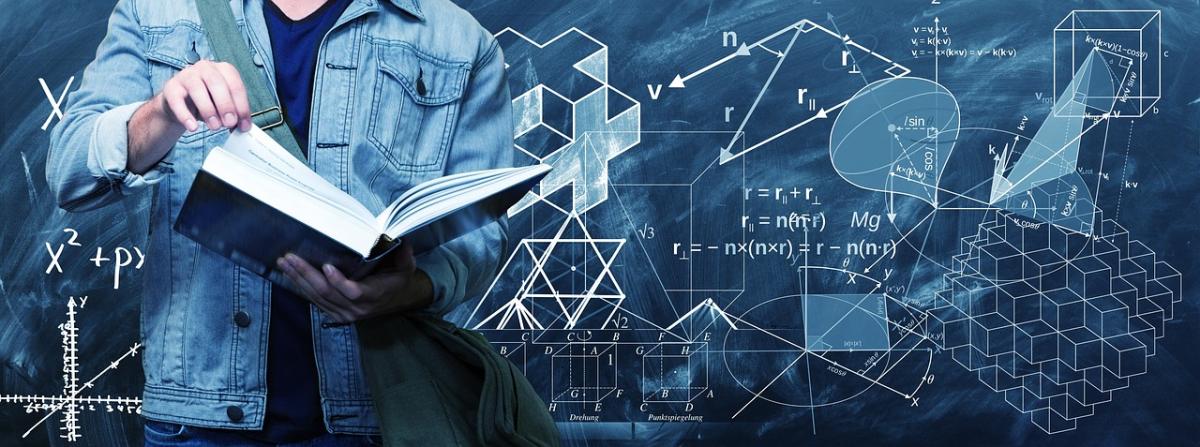
Grades:
5th Grade
This lesson is primarily based off of Paul Anderson’s, “The Wonder of Science” website. The lessons can either be prepared with actual objects with you the teacher instructing or showing the video
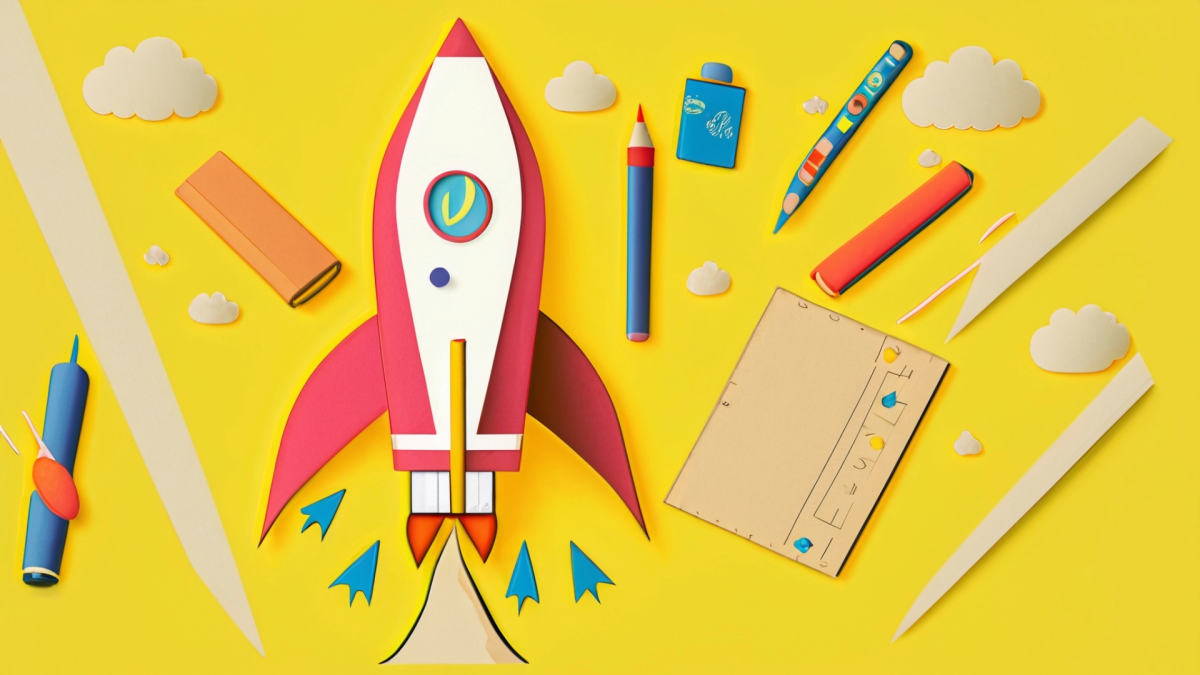
Grades:
5th Grade
In China, kites have a history of more than two thousand years. Initially made of wood and shaped like birds, they later evolved to use bamboo and paper. In the 13th century, Marco Polo introduced

Grades:
6th Grade, 7th Grade, 8th Grade, 9th Grade, 10th Grade, 11th Grade, 12th Grade
Are your students fans of Formula 1? If they are or aren't this lesson will take a look into the dominance of Red Bull Racing in Formula 1. Why is Red Bull so dominant? Is it the driver or the

Grades:
4th Grade, 5th Grade
This is a simple, fun lesson to teach about air pollution. This lesson teaches students what air pollution is and what causes it. Students will put petroleum jelly on an index card, place it outside

Grades:
5th Grade, 6th Grade
This is a lesson plan made to target the fifith grade standard on how noncontact forces impact one another. It can be adapted to grades 5-12. Students will explore magnetism and polarization, research


